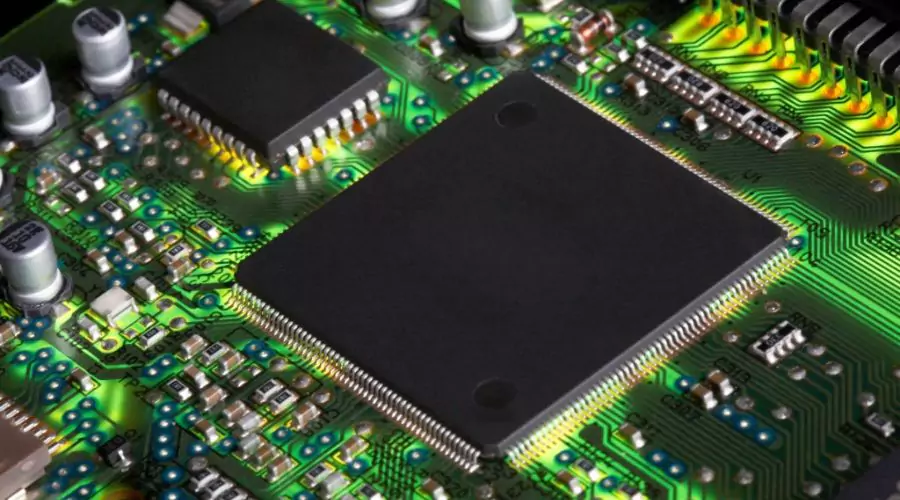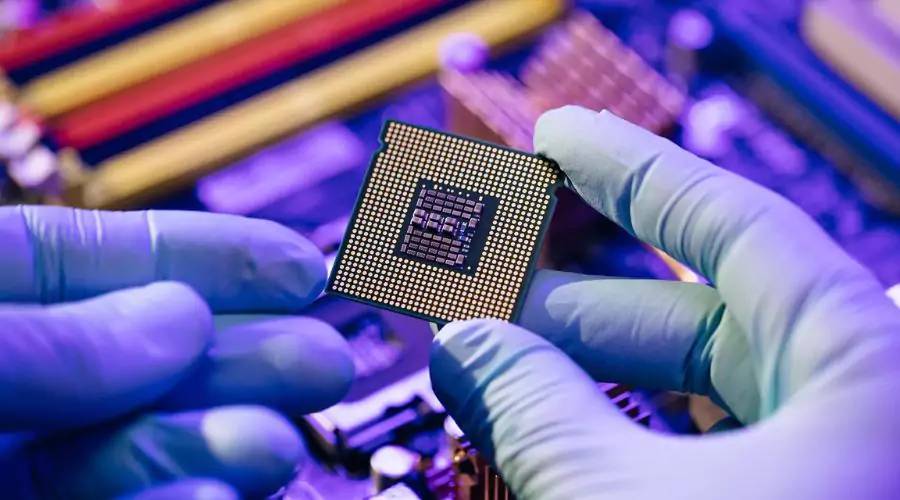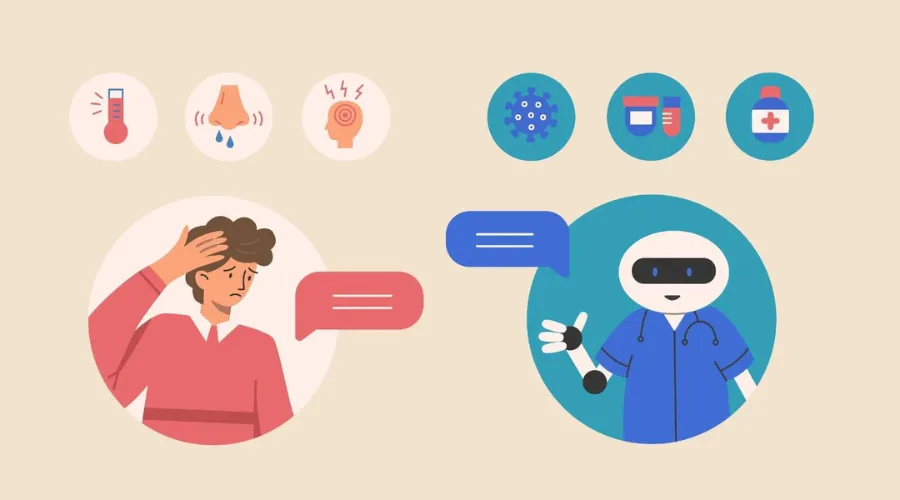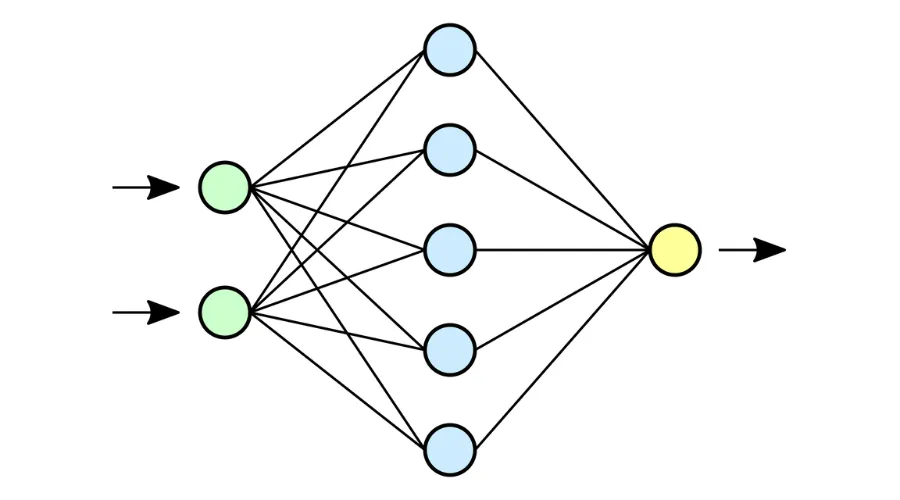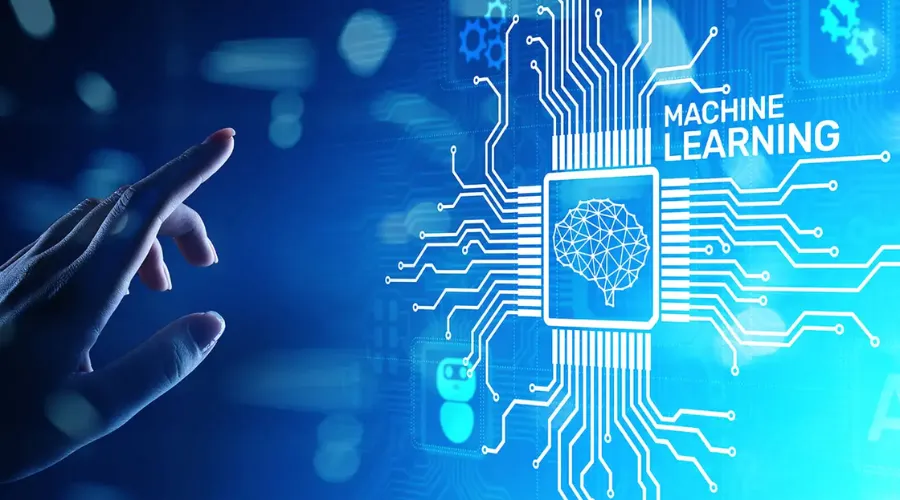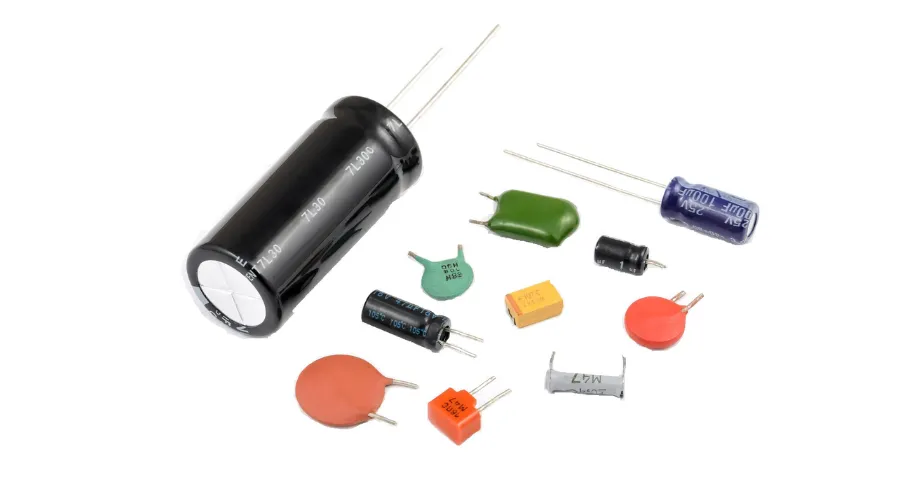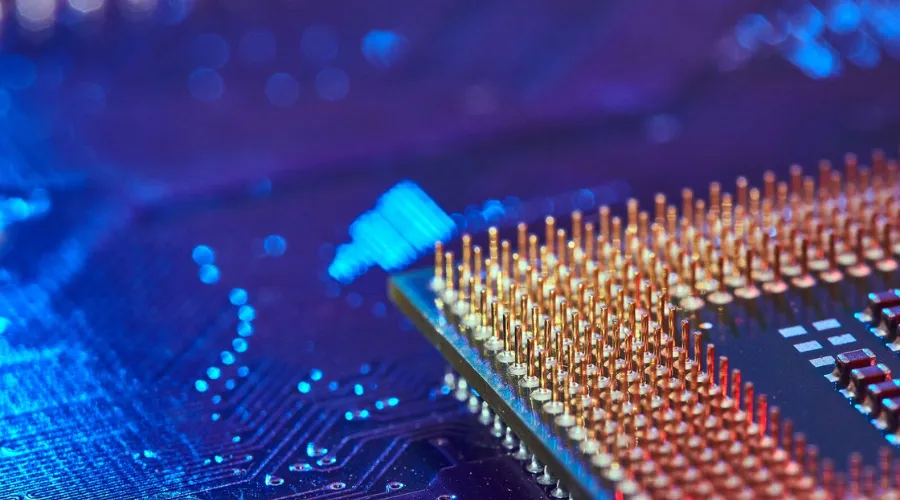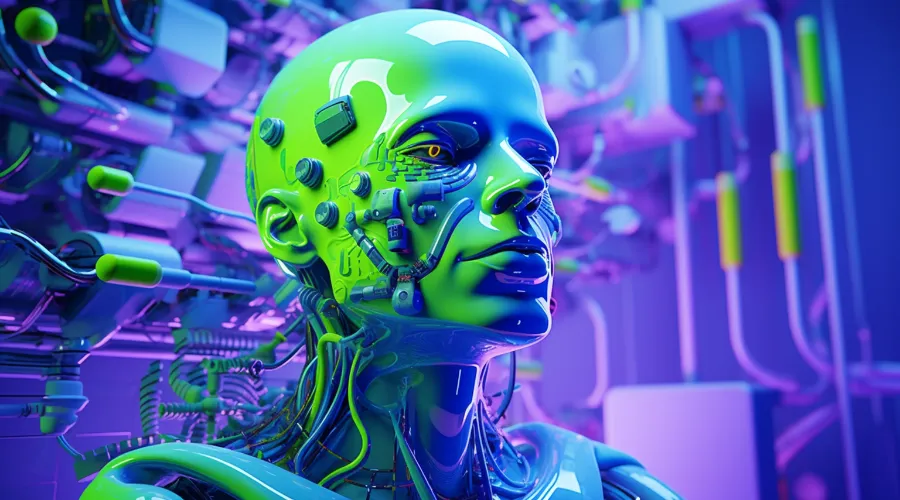
In the ever-evolving landscape of technology, one field that stands out prominently is robotics. The amalgamation of engineering, computer science, and artificial intelligence has given birth to a domain that is transforming industries, enhancing our daily lives, and challenging the boundaries of human achievement. In this blog, we will explore the multifaceted world of robotics, delving into its history, current applications, and the exciting prospects it holds for the future.
Evolution of Robotics: From Fiction to Reality
From Mechanical Automata to Intelligent Machines
The roots of robotics trace back to ancient times when ingenious inventors crafted mechanical automata. However, it was in the 20th century that the concept of robots truly began to take shape. Science fiction stories and movies like Isaac Asimov’s “I, Robot” fueled the imagination of scientists and engineers, inspiring them to bring these mechanical beings to life.
The term “robot” was first coined by the Czech writer Karel Čapek in his play “R.U.R.” (Rossum’s Universal Robots) in 1920. This marked the beginning of a journey that would see the integration of sensors, actuators, and artificial intelligence into machines, leading to the birth of modern robotics.
Current Landscape: Robotics in Action
Industrial Robotics Revolutionizing Manufacturing
One of the most significant impacts of robotics has been in the realm of industry. Robotic arms tirelessly perform precision tasks in manufacturing plants, contributing to increased efficiency, reduced costs, and improved quality. These machines excel in tasks that are repetitive, dangerous, or require high precision, allowing human workers to focus on more complex and creative aspects of production.
From assembling electronics to welding automobile parts, industrial robots have become indispensable in modern manufacturing. The advent of collaborative robots, or cobots, has further blurred the lines between man and machine, as these robots work alongside humans, enhancing productivity and safety.
Healthcare Robotics: A Helping Hand in Medicine
In the healthcare sector, robotics has made significant strides, offering solutions that were once relegated to the realm of science fiction. Surgical robots, controlled by skilled surgeons, enable minimally invasive procedures with unparalleled precision. This not only reduces the invasiveness of surgeries but also facilitates quicker recovery times for patients.
Robotic exoskeletons have emerged as a boon for individuals with mobility impairments, allowing them to regain mobility and independence. Additionally, telepresence robots enable healthcare professionals to remotely diagnose and treat patients, bridging geographical gaps and providing healthcare access to underserved areas.
Autonomous Vehicles: Navigating the Roads of Tomorrow
The automotive industry is witnessing a transformative wave with the integration of robotics, particularly in the form of autonomous vehicles. These self-driving cars, equipped with an array of sensors and artificial intelligence, promise a future where transportation is not only safer but also more efficient.
Companies like Tesla, Waymo, and Uber are at the forefront of this revolution, investing heavily in research and development to perfect autonomous driving technology. As these vehicles become more prevalent, they hold the potential to reduce traffic accidents, enhance traffic flow, and revolutionize the way we commute.
Challenges and Ethical Considerations
Job Displacement and the Future of Work
While the benefits of robotics are undeniable, the rise of automation has raised concerns about job displacement. As machines take over routine and manual tasks, there is a growing need for reskilling the workforce to adapt to the evolving job landscape. Striking a balance between automation and job creation remains a challenge for policymakers and industry leaders alike.
Ethical Dilemmas in Artificial Intelligence
The integration of artificial intelligence into robotics introduces ethical considerations that demand careful scrutiny. Questions surrounding accountability, transparency, and bias in machine learning algorithms have become critical as autonomous systems make decisions that impact human lives. Establishing ethical guidelines and regulatory frameworks is imperative to ensure the responsible development and deployment of robotic technologies.
Security Risks in a Connected World
As robotics becomes more interconnected through the Internet of Things (IoT), the vulnerability to cyber threats increases. Securing robotic systems from hacking and malicious activities is crucial to prevent potential disasters. The development of robust cybersecurity measures and the implementation of standards for secure robotic communication are paramount to safeguarding the integrity of these intelligent machines.
The Future: Where Robotics Meets Imagination
Robots in Space Exploration
The future of robotics holds exciting possibilities, and one of the frontiers yet to be fully explored is outer space. Robots are becoming integral to space exploration, from rovers like NASA’s Curiosity on Mars to autonomous spacecraft that can repair and refuel satellites. As humanity ventures further into the cosmos, robots will play a pivotal role in gathering data, conducting experiments, and paving the way for human exploration of distant celestial bodies.
Humanoid Robots: Bridging the Gap
The development of humanoid robots aims to create machines that can interact with humans in a more intuitive and natural manner. These robots, equipped with advanced sensors and AI, are designed to perform tasks in environments designed for humans. From assisting in household chores to providing companionship, humanoid robots are poised to become integral parts of our daily lives.
Educational Robotics: Nurturing Young Minds
In the realm of education, robotics is emerging as a powerful tool for fostering creativity and problem-solving skills. Educational robots, designed for different age groups, offer hands-on learning experiences in programming, engineering, and logical thinking. By incorporating robotics into the curriculum, educators are preparing the younger generation for a future where technology is not just a tool but an integral part of their lives.
Environmental Robotics: Guardians of the Planet
As environmental concerns take center stage, robotics is stepping up to address ecological challenges. Robotic systems are being deployed for tasks such as monitoring pollution, collecting data on climate change, and even cleaning up ocean debris. These environmental robots contribute to the preservation of our planet by providing valuable insights and performing tasks that are hazardous for humans.
Conclusion: Embracing the Robotic Revolution
In conclusion, robotics has evolved from a mere concept in science fiction to a transformative force shaping the world we live in. From industrial applications to healthcare, transportation, and beyond, robots are becoming indispensable partners in our journey towards progress. As we navigate the challenges and ethical considerations associated with this technology, the future promises even more exciting developments, from robots exploring the vastness of space to humanoid companions enhancing the fabric of our daily lives.
As we stand on the brink of a new era, embracing the robotic revolution with a thoughtful and ethical approach will be key to harnessing the full potential of these intelligent machines. Whether in the realms of industry, healthcare, education, or the environment, robotics is set to redefine how we live, work, and explore the boundless possibilities that lie ahead.

